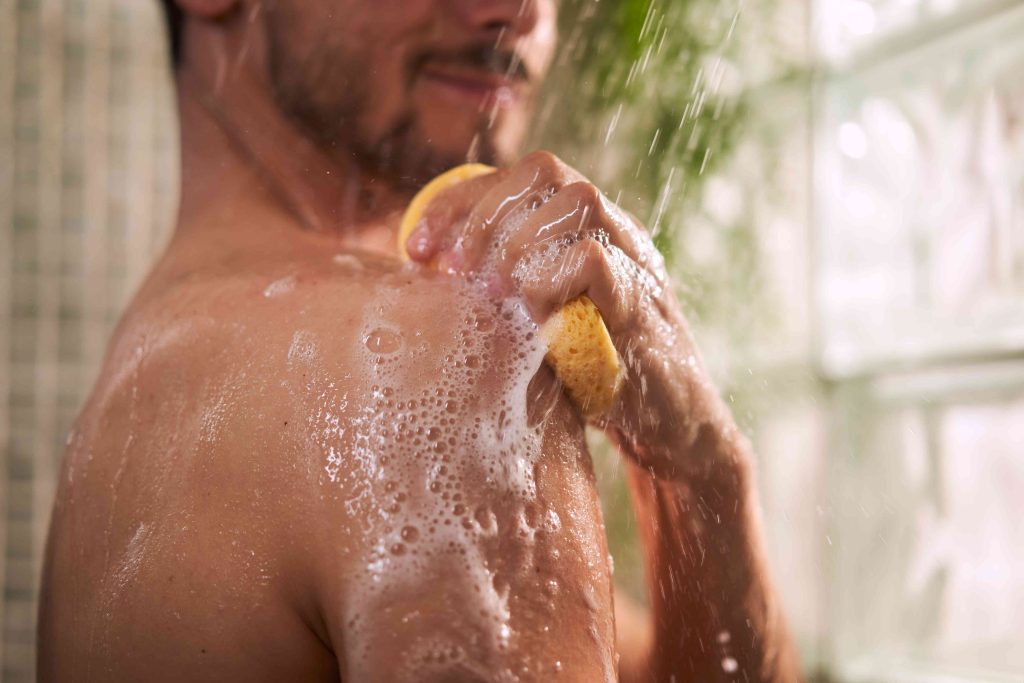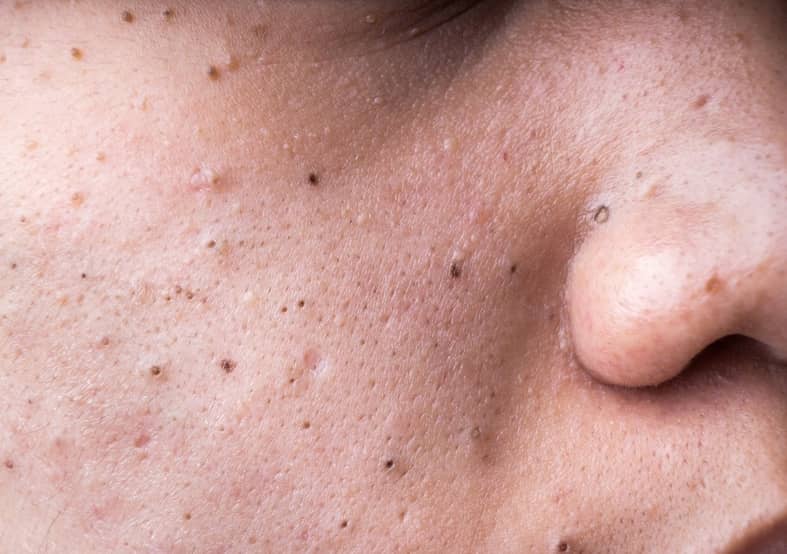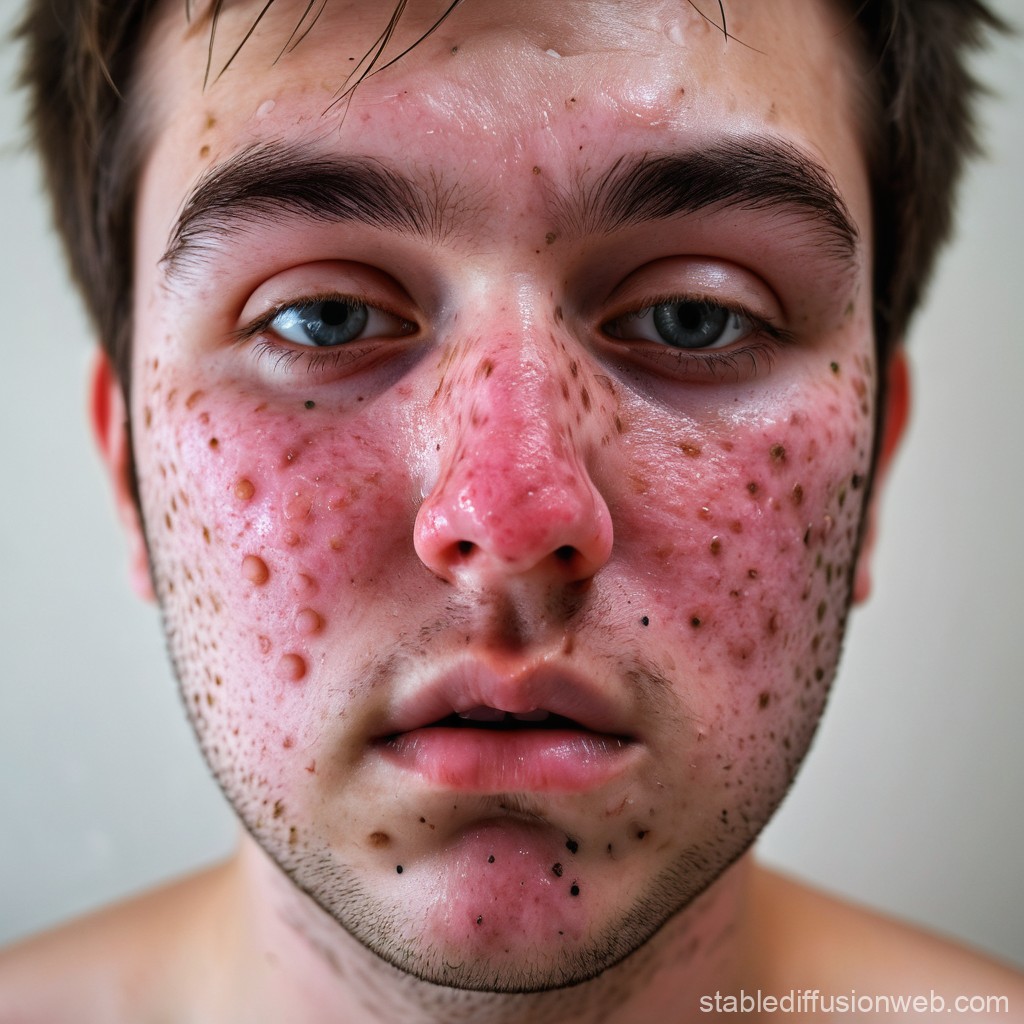Effective Solutions for Removing Big Acne on Middle-Aged Men’s Back
Acne is commonly associated with teenagers, but for many middle-aged men, it can remain a persistent issue. Big, painful pimples or cystic acne on the back can be frustrating, especially when they affect confidence and comfort. While aging skin tends to have a different set of needs, it doesn’t mean acne is something you simply have to live with. Fortunately, there are a variety of effective solutions for treating and removing acne on the back of middle-aged men.
Understanding the Causes of Acne in Middle-Aged Men
Before diving into solutions, it’s important to understand why acne might appear in middle age. Acne in adults often occurs due to several factors:
- Hormonal Changes: Even in middle age, fluctuations in hormones, particularly testosterone, can stimulate oil production in the skin. This excess oil can clog pores, leading to breakouts.
- Stress: Chronic stress can trigger hormonal changes that lead to acne. Cortisol, the stress hormone, can cause an increase in oil production and inflammation.
- Diet: High glycemic foods, dairy, and certain processed foods can contribute to acne flare-ups by causing inflammation in the body.
- Skin Care Routine: As the skin matures, it may produce less oil. However, harsh treatments and poor skincare habits can irritate the skin, leading to breakouts.
- Medications: Some medications can trigger acne as a side effect. If you’re taking medication for a health issue, it may be worth discussing with your doctor.
1. Shower Regularly After Sweating

If you’re someone who works out or sweats a lot, it’s important to shower promptly afterward. Sweat can trap dirt and bacteria in your pores, which leads to clogged pores and acne. Using a gentle body wash specifically formulated to fight acne, such as one containing salicylic acid or benzoyl peroxide, can help clear up breakouts.
2. Exfoliate Gently
Exfoliation removes dead skin cells that can clog pores and contribute to breakouts. However, middle-aged skin tends to be thinner and more sensitive, so it’s crucial to exfoliate gently. Over-exfoliation can lead to irritation and more acne. Opt for a chemical exfoliant like salicylic acid or glycolic acid, which are gentle on the skin but effective at removing dead cells. Avoid harsh physical exfoliants, like scrubs with large, gritty particles, which can damage the skin.
3. Use Acne-Fighting Ingredients

Certain acne-fighting ingredients are highly effective for treating back acne in middle-aged men. Look for products that contain:
- Salicylic Acid: A beta-hydroxy acid (BHA) that works by penetrating deep into the pores, unclogging them and reducing inflammation. It’s great for treating both mild acne and more severe breakouts.
- Benzoyl Peroxide: This ingredient kills acne-causing bacteria on the skin and helps reduce inflammation. It can be found in many acne treatment gels and washes.
- Retinoids: These vitamin A derivatives can help unclog pores, reduce inflammation, and promote skin cell turnover. Retinoids are beneficial for both treating acne and addressing the signs of aging, making them ideal for middle-aged skin.
- Tea Tree Oil: A natural remedy, tea tree oil has antibacterial properties that can help reduce acne-causing bacteria without irritating the skin.
4. Stay Hydrated
Drinking plenty of water is essential for maintaining healthy skin. Water helps to flush out toxins and keeps your skin hydrated, which in turn can reduce the likelihood of acne. Dehydrated skin can overproduce oil, leading to clogged pores and breakouts. Aim to drink at least eight glasses of water a day.
5. Wear Loose, Breathable Clothing
Tight clothing, especially during physical activity, can trap sweat and bacteria, worsening acne on the back. Opt for loose, breathable fabrics such as cotton, which allow your skin to breathe and sweat to evaporate. Avoid synthetic materials that tend to trap moisture against the skin.
6. Consider Professional Treatments
If home remedies aren’t enough, there are several professional treatments that can effectively reduce or eliminate back acne:
- Chemical Peels: A dermatologist can apply a chemical peel to the back to exfoliate the skin and clear clogged pores. This treatment can be effective for both treating acne and preventing future breakouts.
- Laser Therapy: Certain types of laser treatments can target the bacteria that cause acne and reduce inflammation. Laser therapy also promotes collagen production, helping to heal acne scars.
- Corticosteroid Injections: For larger, cystic pimples, a dermatologist can inject corticosteroids to reduce inflammation and speed up the healing process.
7. Use Non-Comedogenic Products
When choosing skincare and hair care products, always opt for non-comedogenic (non-pore-clogging) formulas. Certain products, especially oils, heavy moisturizers, or hair gels, can clog the pores on your back and contribute to acne.
8. Maintain a Healthy Diet
Your diet plays an important role in the health of your skin. A diet rich in antioxidants, vitamins, and healthy fats can reduce inflammation and promote clearer skin. Consider incorporating more fruits, vegetables, and omega-3 fatty acids (like those found in fish) into your meals. Reducing your intake of dairy, processed foods, and sugar may also help decrease acne flare-ups.
9. Consult a Dermatologist
If your back acne persists or worsens, it’s important to consult a dermatologist. They can assess your condition, offer personalized treatment options, and provide prescription medications if necessary. Sometimes oral medications, like antibiotics or hormone therapy, may be prescribed to treat persistent or cystic acne.
Dealing with big acne on the back as a middle-aged man can be frustrating, but with the right care and treatment, it is manageable. By understanding the causes and adopting an effective skincare routine, including using acne-fighting ingredients, exfoliating gently, and staying hydrated, you can reduce acne and improve the appearance of your skin. If the problem persists, don’t hesitate to seek professional help. By addressing the issue early and consistently, you can enjoy clearer, healthier skin at any age.




